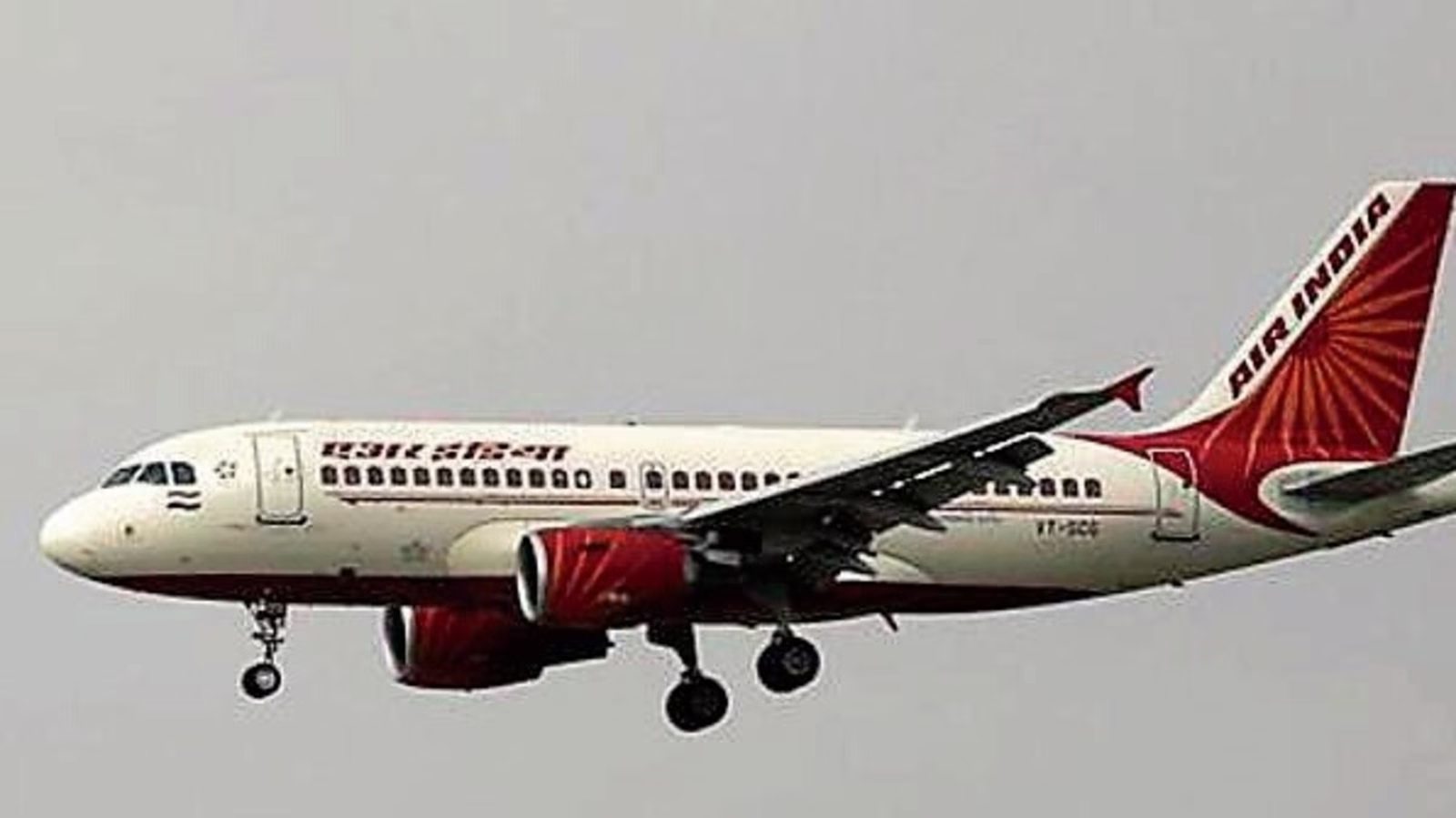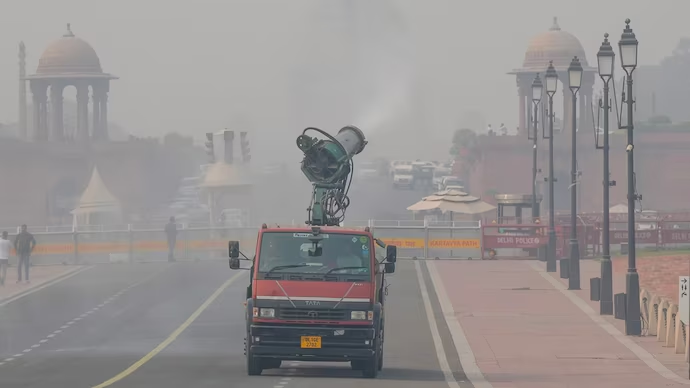Elon Musk’s Starlink has officially received a Letter of Intent (LoI) from the Department of Telecommunications (DoT), clearing a significant hurdle towards launching satellite-based internet services in India. This green light follows months of regulatory scrutiny and comes after Starlink agreed to comply with India’s strict national security guidelines, which were recently updated.
A division of SpaceX, Starlink provides high-speed internet through a network of over 7,000 Low Earth Orbit (LEO) satellites—significantly closer to Earth than traditional satellites. This proximity (around 550 km) results in reduced latency, making services like HD video streaming, online gaming, and video conferencing feasible even in remote or underserved regions. The constellation is expected to expand to over 40,000 satellites in the coming years.
Starlink’s clearance was granted after it accepted 29 security-related conditions. These include real-time terminal tracking, mandatory local data processing, legal interception capabilities, and the localisation of at least 20% of its ground infrastructure within a few years of operation. Notably, proposals for mandatory Indian majority shareholding and a ban on terminals near international borders were dropped, as they conflicted with current telecom and FDI regulations that allow 100% foreign ownership.
Unlike competitors such as Eutelsat OneWeb and Jio-SES, which have received permission only for fixed satellite services, Starlink may be the first to offer mobile satellite internet in India under the GMPCS (Global Mobile Personal Communication by Satellite) license. This allows on-the-move connectivity—critical in disaster response, remote healthcare, and other emergency situations.
As regulatory barriers begin to ease, consumer focus shifts to pricing. Reports suggest Starlink’s monthly subscription could range between ₹3,000 and ₹7,000, with a one-time hardware cost of ₹20,000 to ₹35,000 for the user terminal kit. While significantly more expensive than traditional broadband (typically around ₹500 per month in India), the service could be transformative for rural and inaccessible areas where conventional infrastructure is impractical.
Though the cost may deter mass adoption initially, analysts believe the benefits—particularly in digital education, healthcare access, and rural development—could be immense if government subsidies or public-private partnerships come into play. Union Minister of State for Telecom Chandra Sekhar Pemmasani, however, has downplayed the immediate threat to traditional networks. He noted that Starlink’s global user base is still under 5 million and that the technology remains costlier and slower than established broadband services. He also emphasized that Starlink would primarily be beneficial in areas that are hard to reach, rather than mainstream urban markets.
Before fully launching, Starlink still requires spectrum allocation and a final go-ahead from the Indian National Space Promotion and Authorisation Centre (IN-SPACe). The Telecom Regulatory Authority of India (TRAI) is in the process of determining the pricing framework for satellite spectrum allocation.
Meanwhile, Starlink has initiated partnerships with major Indian telecom providers like Reliance Jio and Bharti Airtel, paving the way for bundled offerings and expanded service reach. Elon Musk is also expected to visit India later this year to explore further investment opportunities and solidify these collaborations.











